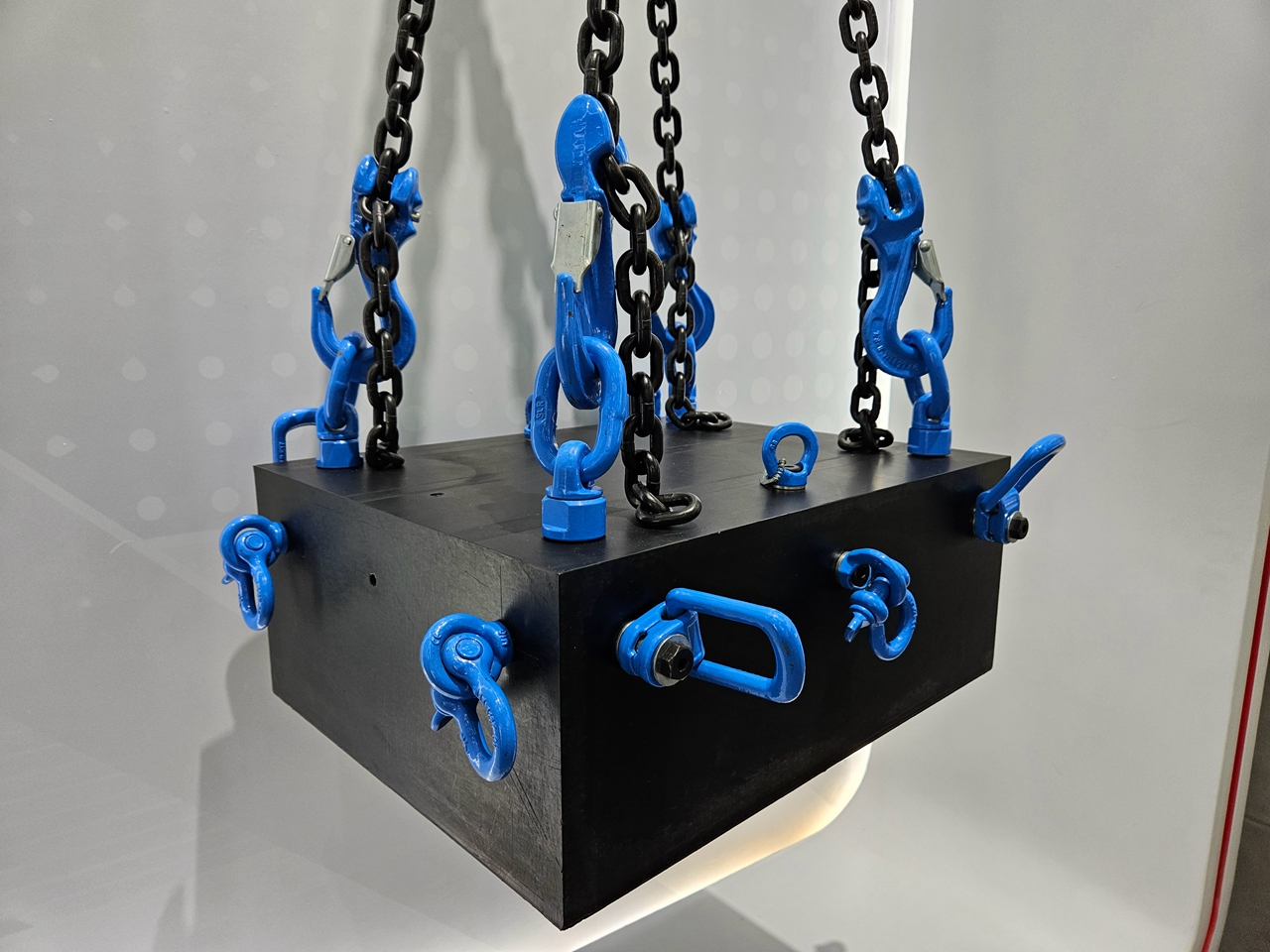Lifting points, also known as lifting or rigging points, are specialized hardware or attachments used in various industries to facilitate the safe and efficient lifting and rigging of heavy loads and equipment. These lifting points are designed to provide secure attachment points for lifting devices such as slings, chains, hooks, or other rigging hardware. They play a crucial role in ensuring the safety and stability of lifting operations. Here are some common types of lifting points:
- Eye Bolts: Eye bolts are screw-in bolts with a closed loop or eye at one end. They are designed to be securely screwed into a load-bearing structure or equipment to provide a reliable attachment point for lifting or rigging.
- Swivel Hoist Rings: Swivel hoist rings are designed to pivot 360 degrees and rotate 180 degrees, allowing for flexibility in positioning and reducing the risk of the load becoming unbalanced during a lift. They are often used in precision and heavy lifting applications.
- Lifting Lugs: Lifting lugs are welded or bolted attachment points that are an integral part of the structure or equipment being lifted. They are commonly used in construction and manufacturing settings.
- D-Rings: D-rings are shaped like the letter "D" and are attached to structures or equipment for lifting purposes. They come in various configurations, including fixed, removable, or pivoting.
- Pad Eyes: Pad eyes are flat metal plates with an attachment point, often welded to a structure, vessel, or equipment to create a secure lifting point. They are commonly used in marine and offshore applications.
- Sockets: Lifting sockets are usually embedded into concrete or other materials to provide a reliable attachment point for lifting inserts or anchors, which are used in precast concrete and other construction applications.
- Safety Swivels: Safety swivels or swivel hooks are used in conjunction with standard lifting hooks or slings to reduce twisting or spinning of loads during a lift. They can be especially useful for loads that are prone to spinning.
Lifting points should always be selected based on the load capacity and application requirements. It's essential to adhere to safety standards, guidelines, and regulations when using lifting points and associated rigging equipment. Proper inspection, maintenance, and training of personnel involved in lifting operations are critical for ensuring the safety and reliability of the lifting process.



